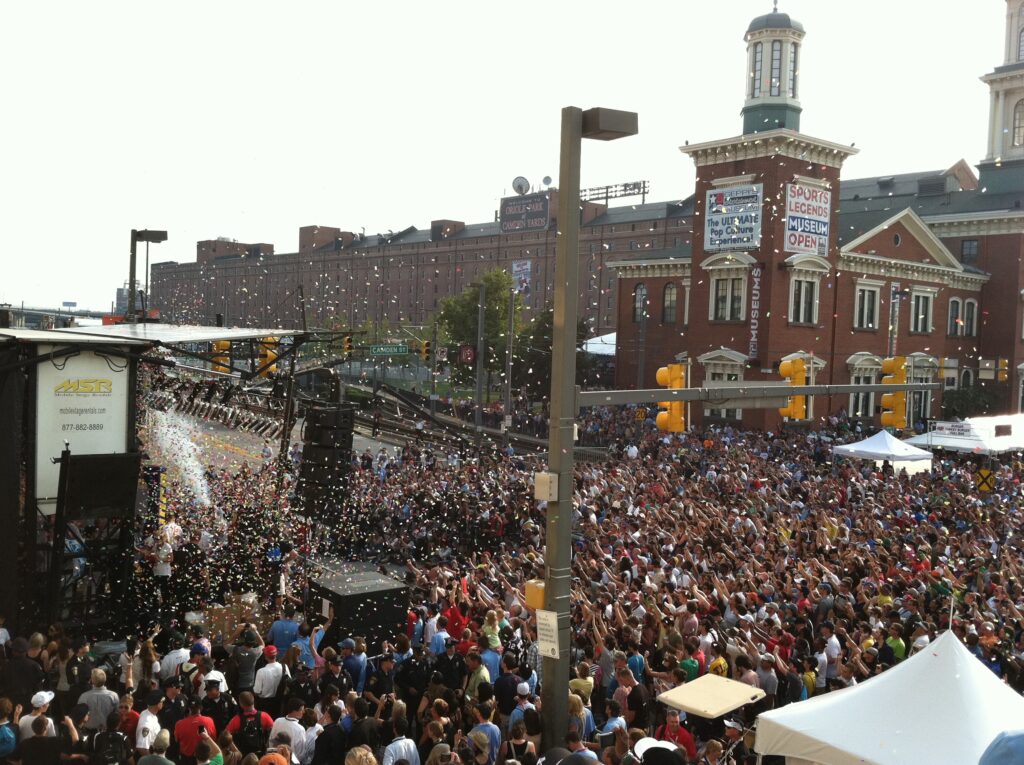
There’s plenty of hype for INDYCAR’s inaugural Music City Grand Prix, set to run on a new temporary circuit on August 8. It’s an ambitious looking track, fronted by Nissan Stadium and crossing a bridge over the Cumberland River into downtown Nashville and back.
Over the last 25 years, Indy car racing debuted at roughly 35 new venues, and I covered about 80 percent of them. Most of the ones I missed were early in the IRL era, at venues including Texas Motor Speedway and Las Vegas Motor Speedway Just for fun, here’s a look back at how things went at those tracks, and how things stand today.
1995: Miami Bicentennial Park – Don’t mistake this for the Tamiami Park circuit that CART ran in the mid-to late-1980s. This downtown Miami circuit was a premier venue for the IMSA Camel GT Championship track in two iterations from 1983-94, but the Indy cars ran the opposite direction than did the sports cars. This was a one-and-done event, which is a shame, because it was a pretty decent street course event that sold out in advance. Jacques Villeneuve won for Team Green, narrowly edging Mauricio Gugelmin in his first run for PacWest Racing. A year later, CART’s south Florida race was staged at the new Homestead Speedway, and the Bicentennial Park area was soon renovated to accommodate the construction of American Airlines Arena.
1996: Walt Disney World Speedway, Homestead Speedway – WDWS was a dangerous little mile oval built in the parking lot of the Disney resort. Even the grandstands were hazardous; they swayed in an alarming fashion when fully occupied. Buzz Calkins was the winner over a USAC hot shoe named Tony Stewart. A couple weeks later, Homestead hosted CART’s first-ever “Spring Training” preseason media days, drawing some 300 journalists from around the world. It’s a sobering reminder of how much healthier the racing media industry used to be. The original “mini Indianapolis” rectangular oval was not very racy for Indy cars, though Greg Moore put on a show coming from the back to seventh place after a penalty on his Indy car debut. Jimmy Vasser took his first career win for Ganassi Racing and the era of the Reynard/Honda/Firestone “package” was underway. The Homestead oval has twice been modified, first rounding off both ends, then with additional banking. The most notable thing is the way the area around the track has rebounded; in ’96, the area was rebuilding from Hurricane Andrew and there were only two local restaurants – The Mutineer and the excellent Capri. Now Homestead/Florida City looks like every other chain-dominated strip in America.
1997: Gateway Raceway and California Speedway – CART decided not to go head-to-head with the Indianapolis 500 after the 1996 US 500 debacle, and instead scheduled a 300-miler at Gateway Raceway, a newly constructed oblong 1.25-mile oval across the road from a landfill on the Illinois side of St. Louis. The track felt unfinished, but adequate. This was the first of my two years working for PacWest, so main memory is planning and executing a ton of promotional work for Motorola, the race sponsor, and also the primary sponsor of our driver Mark Blundell. Mark retired early from the race, the nadir of his season, while Paul Tracy took Penske Racing’s 99th Indy car race win. Blundell closed the season strongly, winning at Portland, Toronto, and California Speedway, the new 2-mile superspeedway conceived and constructed by Roger Penske on the site of a former Kaiser Steel mill. While located in a decidedly unglamorous area of greater Los Angeles, California Speedway measured up to Penske’s high standards in every way. Renamed Auto Club Speedway, the track remained an Indy car mainstay through 2015, and sadly is notable for being the site of Moore’s death in 1999.
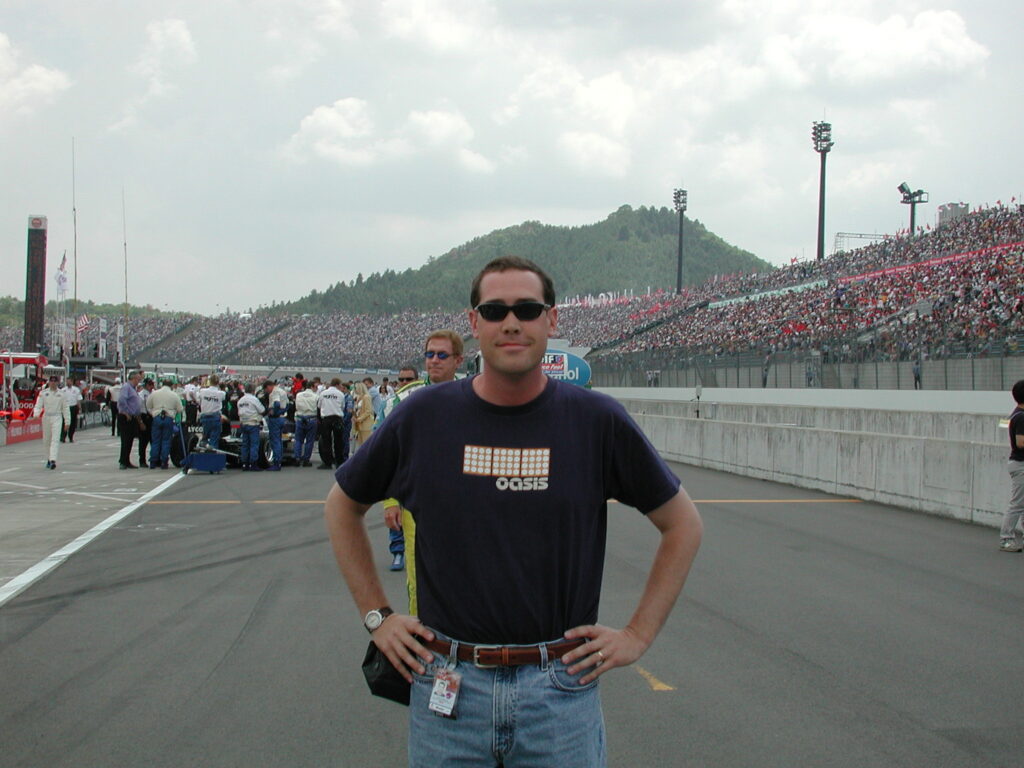
1998: Twin Ring Motegi and Houston Convention Center – I was overwhelmed by Twin Ring Motegi. It’s simply the nicest racing track I’ve ever been to. It’s difficult to get to, on two-lane roads through a mountainous region. Traffic was a disaster the first couple years. But the track was spectacular, and Motegi is still my favorite oval track. Adrian Fernandez was the inaugural winner. At the other end of the spectrum is Houston. The downtown course was a boring series of 90-degree turns. Dario Franchitti won the first of the four races staged at this venue. Best Houston memory is attending an Astros game in 2001 when Barry Bonds hit his 70th* home run of the season and an enjoyable post-game dinner with Fernando Paiva and Cristiano da Matta.
1999: Chicago Motor Speedway (aka The Chipyard) – Chip Ganassi teamed up with some local heavies to build Chicago Motor Speedway, supposedly as a “super Milwaukee.” Unfortunately, CART was in an engine manufacturer war, and it tried to slow cars by removing too much downforce instead of reducing power. The four CART races staged at CMS were snoozers, though Juan Pablo Montoya created plenty corporate cheer by winning the inaugural Target Grand Prix for Target Ganassi Racing. The track no longer exists.
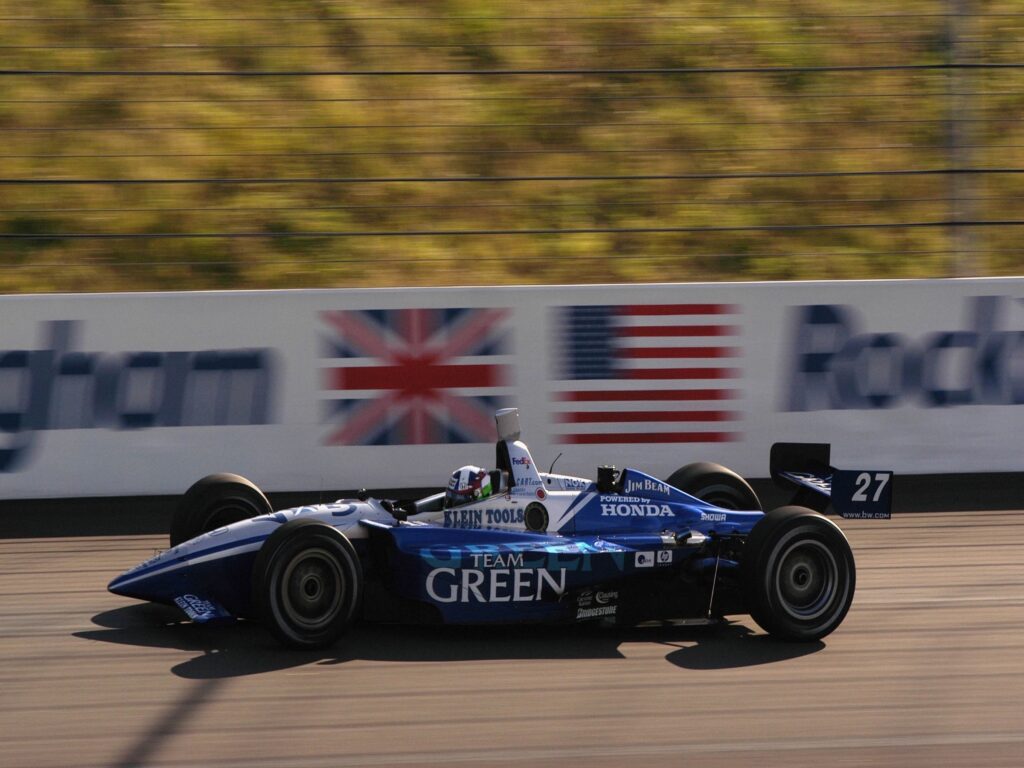
2001: Monterrey Mexico, EuroSpeedway Lausitz, Rockingham Speedway – Adrian Fernandez was a national hero in Mexico, so it was natural for CART to try to gain a footprint. The Monterrey event was actually pretty good, attracting decent attendance. A newly constructed road course wound through Fundidora Park, which featured some interesting industrial architecture. The track was flat and a bit Mickey Mouse, let down mostly by an extremely low grip surface. Da Matta was the inaugural winner. The 2001 EuroSpeedway Lausitz race occurred four days after 9/11; I was already in Europe, so I was one of the few American journalists on site. Kenny Brack was the winner of a race mainly famous for the accident in which Alex Zanardi lost his legs. The mood was somber a week later in England, where the Rockingham track was unfinished and suffering from unstoppable weeepers. Eventually, the drivers agreed to run an hour of practice and race. The small crowd was rewarded with a great late shootout between Kenny Brack and Gil de Ferran resolved in de Ferran’s favor. Monterrey staged Indy car races through 2006; CART returned to Rockingham once more in 2002 (Franchitti’s first oval win) and likewise to Lausitzring in 2003, where Zanardi drove 13 laps in an Indy car equipped with hand controls to “finish” the 2001 race.
2002: Circuit Gilles-Villeneuve, Denver Pepsi Center, Miami redux – Montreal staged a great race the first year, with Franchitti triumphing over da Matta in an interesting strategy contest. But I never really cared for the venue, and I don’t really know why, given its Formula 1 heritage. Denver Pepsi Center was another dud street course. Four of the 18 pilots used motocross analogies to describe the bumpiness without being prompted and Bruno Junqueira won from pole position. The latest Miami street course was a new low, with an 81-mph pole speed (in the dry) and a 68-mph race average. All three tracks were gone from the rotation by 2006.
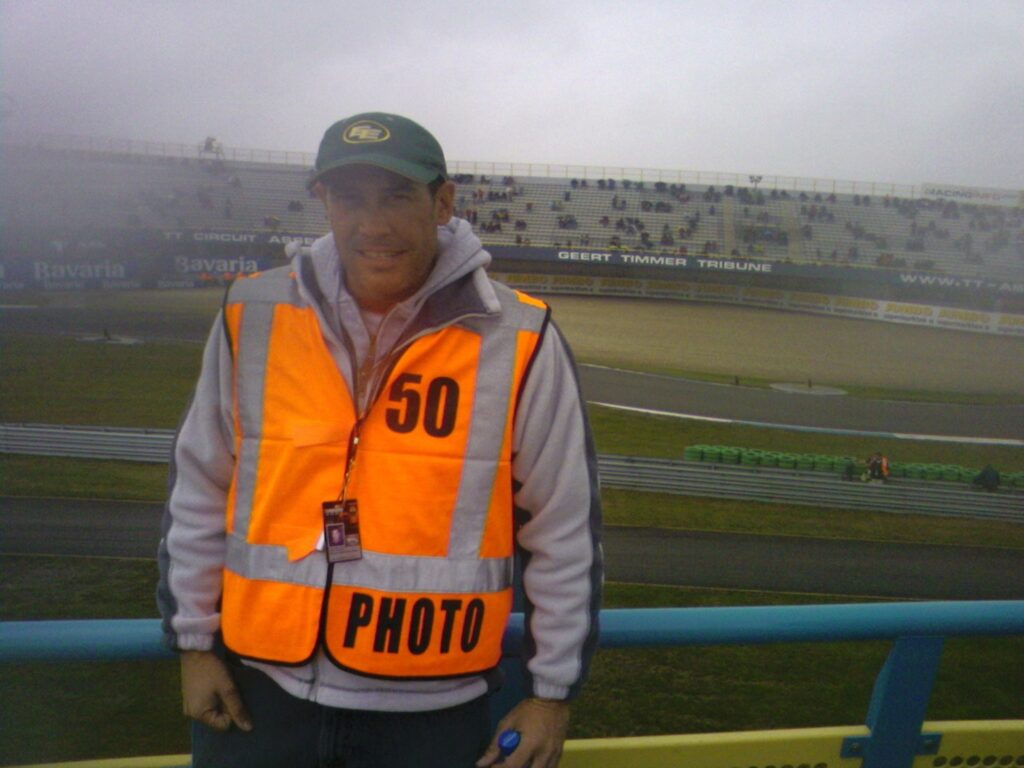
2007: Las Vegas downtown, Iowa Speedway, Zolder, Assen – A fantastic year for new venues. The Las Vegas street course was really good, and it’s a shame that it failed to make it past the first year, won by Will Power. Franchitti won the inaugural IRL event at Iowa, which quickly became one of my favorite ovals. For many years, I turned Iowa into a busman’s holiday and watched from the grandstands with my son. And the Zolder-Assen trip (“Z to A) really was a magnificent send-off to the CART/Champ Car era, even though we didn’t know it at the time. Zolder was so-so, but Assen was wonderful, packed with 65,000 spectators for a race won by the late Justin Wilson. Champ Car was supposed to end the season on a new downtown Phoenix street course, but the event was cancelled months in advance.
2010: Barber Motorsport Park – There were actually two new venues in 2010, but I did not attend the race in Sao Paulo, Brazil. Never did, actually, though I made it to four out of the five CART races at Rio. I did not list Rio above in 1996 because I didn’t attend, but I must say that event was gaining strength until a last minute cancellation in CART’s annus horribilus of 2001. Barber was a treat, a beautiful facility from the start, and an event that has grown into a solid springtime performer for INDYCAR.
2011: Baltimore – Baltimore looked promising the first year, drawing a big crowd despite the usual last-minute street course delays and foibles. Egress was much better the second year, but attendance dipped and the Baltimore race vanished after the 2013 edition.
2014: Indianapolis Motor Speedway Road Course – a new event on a modified version of an old track. The road course race is a bigger opening weekend moneymaker than Indy 500 practice days, but nothing to write home about. Nor is the IMS road course itself, for that matter, though it’s still on the INDYCAR schedule – twice this year, in fact.
2015: New Orleans Motorsport Park – It rained. Nobody came. It rained some more. The race was a farce, with James Hinchcliffe in front when they decided to flag it. One and done.
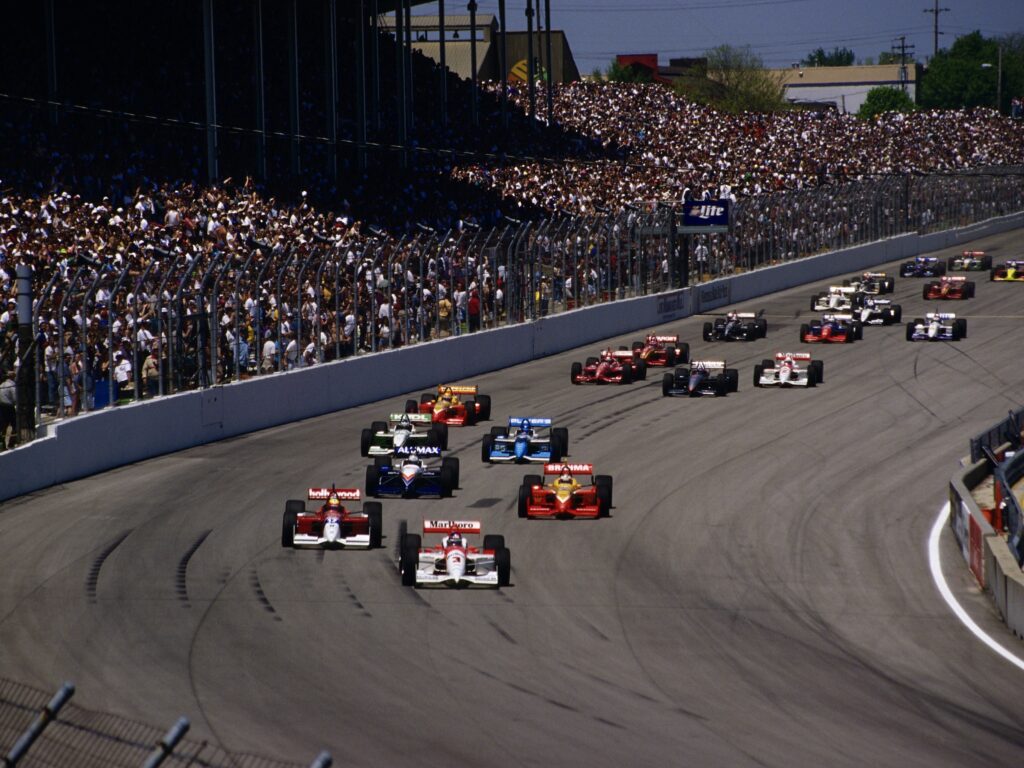
2016: Boston – The Boston Grand Prix was a fraud that never got off the ground.
2019: Circuit of the Americas – I did not attend this apparently one-off event. The Indy cars looked pretty slow compared to Formula 1 cars, and the COTA track itself has never really appealed to me.
2021: Nashville – The IRL ran at Nashville Superspeedway from 2001 to 2008, but the Music City GP is expected to be a much bigger deal. I’m fairly certain there will be the usual first year issues with access and the need for minor modifications to the racetrack, but all signs point to success for this new event. But I’ll be glad to be watching from home, especially given the ridiculously late 4:45 p.m. CT start time. With sunset at 7:45, they’d best hope there are no red flags…

